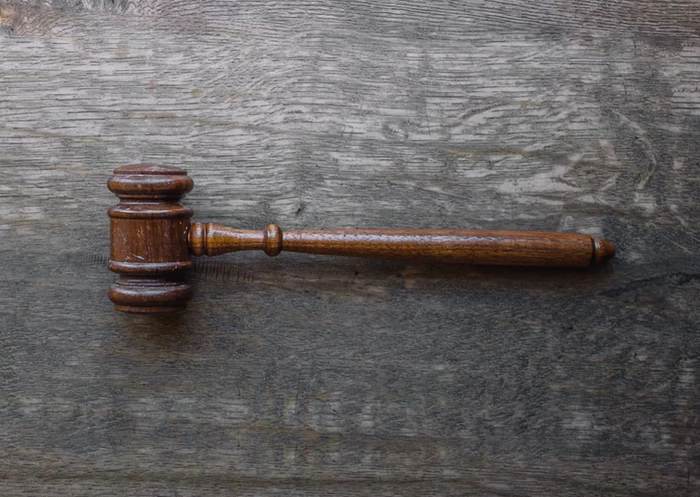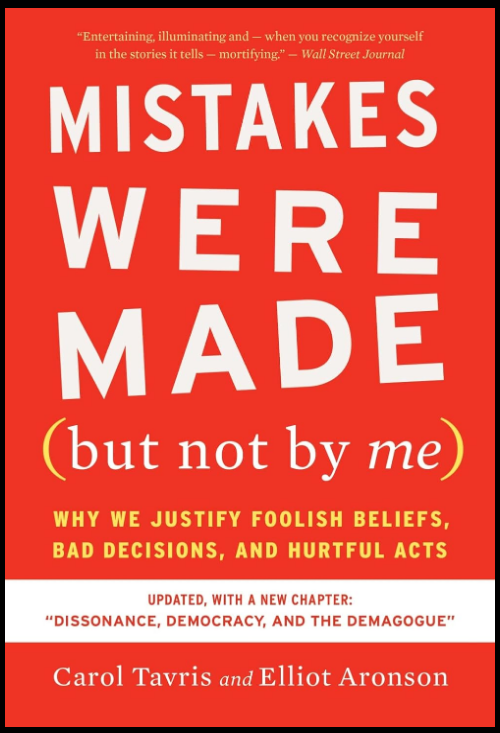Lawsuits. It’s an unfortunate reality of being a business owner in today’s marketplace. No matter what industry you’re working in, the simple fact that you own a business places a target squarely on your back. And while some businesses may seem like a better target than others, every business owner must prepare themselves for the eventuality of facing a lawsuit.

Home inspectors are one of the businesses that are perceived as easy victims for attorneys and their clients. The simple fact that most states require their inspectors to carry insurance makes them a profitable target; seemingly ripe for the picking.
With this in mind, you need to do everything in your power to position your company to defend itself in the event of an (eventual) lawsuit. It’s coming; make no mistake about it- the odds are clearly stacked against you when it comes to lawsuits. The chances are pretty good that you, the professional home inspector, will eventually get sued. So, your focus must always be on protecting yourself; what we will call ‘increasing your defendability score.’
When you are called into court, the opposing side’s attorney has a job to do. Their job is to discredit you, attempting to prove that you don’t know what you’re doing and should be held liable for all of the pain and suffering that their client has suffered (because of your inability to properly do your job.) They will do everything in their power to cast doubt upon your professional qualifications and the reliability of your inspection report. And while this may anger you, causing you to rage against the plaintiff’s attorney, remember that their attorney is simply doing their job. And, ironically enough, if you do your job well, it makes the opposing attorney’s job all that much more difficult!
So, the obvious question is what should you do to make the attorney’s job as difficult as possible? The most important thing for you to remember when doing an inspection is the fact that you may eventually be involved in a lawsuit. You may one day find yourself being questioned by an attorney; forced to defend your credentials and your written report. By simply remaining aware of this fact, you can help to make yourself more defendable.
Obviously, you should be focused on doing the best job possible for your clients. But you also need to be cognizant of the fact that there is always a possibility that each one of your home inspection reports will be involved in a court case. Therefore, you need to start every home inspection with fact in mind: you should be doing everything in your power to increase the quality of your inspection report, providing yourself enough ammunition to be able to defend yourself in court.

So, how do you do this? Let’s start out by looking at your standard inspection report through the eyes of an attorney. You should (slowly) read through one of your reports, looking for the type of things that could cause problems if you were to end up in court. Things that seem to be minor imperfections, such as spelling or grammar mistakes, make your report seem less professional and can be used to call your competency into question.
Think about it like this: when you end up in court, the judge acts like the scorekeeper in a basketball game, keeping track of how many points each side has scored. At the end of the case, the side with the most points wins the game/case. So, when you produce an inspection report filled with spelling, grammatical and formatting errors, those can serve as points for the opposing side. Basic writing errors, which would cost you points on a high school term paper, can make you appear less professional, therefore giving points to the other side and decreasing your defendability score. You can easily minimize these mistakes by simply proofreading your report before you deliver it. Any quality inspection reporting software should have a spelling and grammar check feature built in. Use it. Every time.
Another common problem that can be solved by proofreading is the “mystery comment.” It happens to the best of us. You are inspecting the roof and meant to click the ridge vent box but clicked the solar panel checkbox instead. Maybe your fingers are too fat, and you hit the wrong button. Maybe you clicked a box by accident when putting your phone in your pocket. No matter the reason, those small errors count as points against you. Imagine standing in front of the judge trying to explain why your report says the house has solar when it clearly does not. The judge certainly won’t want to hear that you were simply too busy to take the time to proofread your reports before sending them to your client.
Another important item is the content that you put into your inspection report. The information that you provide in the report serves multiple purposes. Obviously, it should provide your client with enough information to make an informed decision on the purchase of the property. It should also provide evidence that you actually performed a thorough inspection, to the best extent possible, considering the circumstances that existed at the time of the inspection. Your inspection report is your first (and best) line of defense in a lawsuit. Start treating it that way.
The worst thing that can happen to a good cause is, not to be skillfully attacked, but to be ineptly defended.
Frédéric Bastiat
What’s the easiest way to turn your inspection report into a solid part of your defense team? Take pictures. Lots of pictures. And then take some more. Pictures are virtually free; pictures are simple to take; pictures are easy to input into your report; and, as the old saying goes, a picture is worth a thousand words. Obviously, you should not rely solely on pictures to be the backbone of your inspection report, but they can certainly fill out the space in-between the structure of your written comments.
I do a lot of work reviewing reports and providing expert witness testimony for court cases. All too often, I see inspection reports that attempt to lean on the pictures to relay information instead of having the specific facts documented (in writing) in the report. You can certainly attempt to make the argument that because you took a picture of the crawl space, the fact that there is no visible vapor retarder should be implied and doesn’t need to be written down. Unfortunately, those points are usually going to go to the other team in a court case.
Write down all the information that you need to convey in your report, but don’t forget to use pictures to your advantage. You should not underestimate the ability of a photograph to document the actions you took on the inspection. A conveniently placed picture can easily add points to your defendability score.
One of the main arguments that plaintiffs will attempt to use against inspectors in court is that the inspector really didn’t check/test something that they wrote down in their report. In one case, the plaintiffs were suing the inspector because of moisture damage to their flooring, attempting to get new flooring installed in their recently purchased home. They argued that even though the inspection report said the inspector checked the kitchen sink and drain, they didn’t believe that it was actually tested. They claimed that it leaked immediately upon use, flooded the house and destroyed their flooring. As the inspector had no information in his report other than the statement that the sink was functional, he had nothing to help his defendability score. If he simply taken a picture of the water running in the sink, with the cabinet doors open, showing the drain lines not leaking, it would have been a whole lot easier to defend himself.
Take a few extra minutes to document what you do during your inspection. When you are on the roof, take a picture of each side to prove you inspected it. Take a few different shots in the attic to prove you walked around the space. Take pictures of the sinks running, the oven element glowing and the cooktop burner flames lit. Take a picture of the burners on the central heater and the inside of the electrical panel. It doesn’t take a lot of time to incorporate these steps into your inspection routine, and they provide multiple benefits to the inspector.
Not only do these pictures document your actions, but they make your report look much more thorough and professional, adding to your defendability score. They also make your report look much more thorough, which makes your client happier with your service, which in itself is a great way to defend against lawsuits.

It’s an unfortunate fact of the home inspection industry that most people that pay us to inspect a house will probably never even read their report. The most common reason for this seems to be the fact that most people simply don’t understand the things that we put in the report. By simply adding more pictures, you make it easier for the average homebuyer to understand what you did on the inspection and what you are trying to relay to them in the report. The more they understand what it is you actually did on the inspection, the less likely it is that you’ll find yourself facing off in court.
There is no other investment that you can make in your business which cost so little and produces so much benefit. Turn on your camera and start adding more pictures to your inspection report.
All too often, inspectors feel like they are at the mercy of disgruntled clients and money-grubbing attorneys. Little do they realize that they play one of the most important roles in defending their business from these perceived foes. Take some initiative and start making your inspection report an important part of your defense team.
Would you like to get an email every Friday where we share the newest things we’ve discovered about home inspections? CLICK HERE to sign up.
Want to be an Influencer in Your Field? Share This Post!
Thanks, Joe


